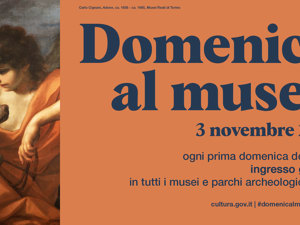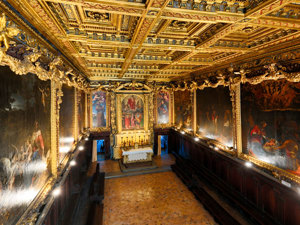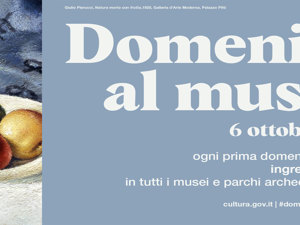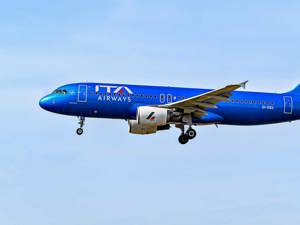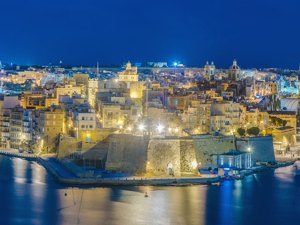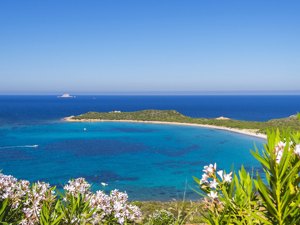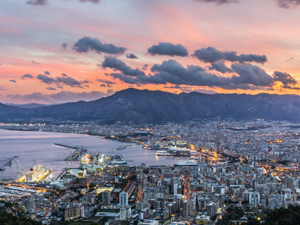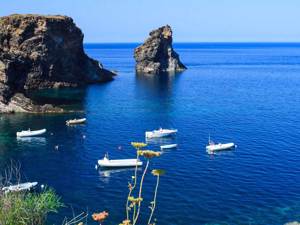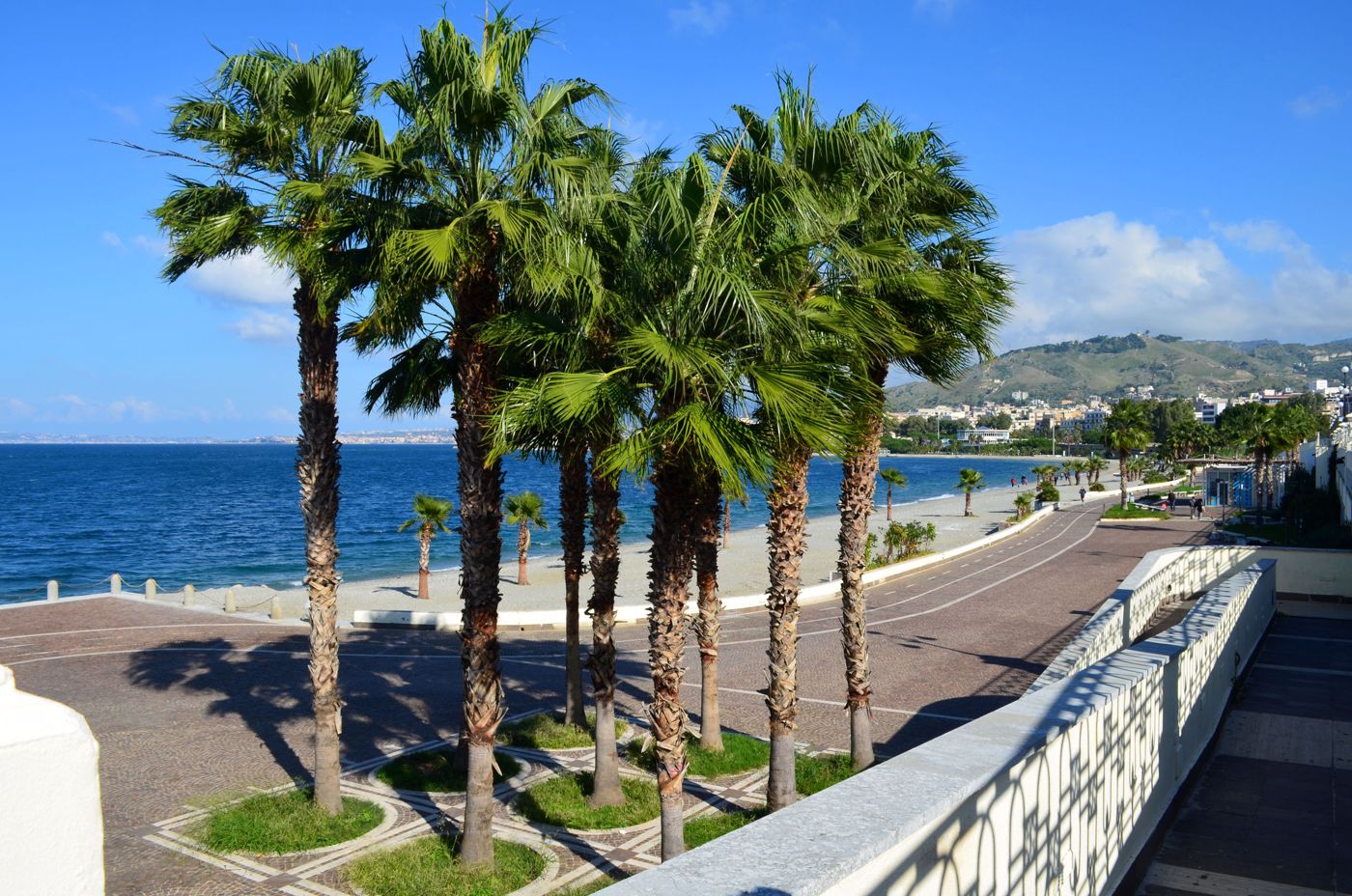
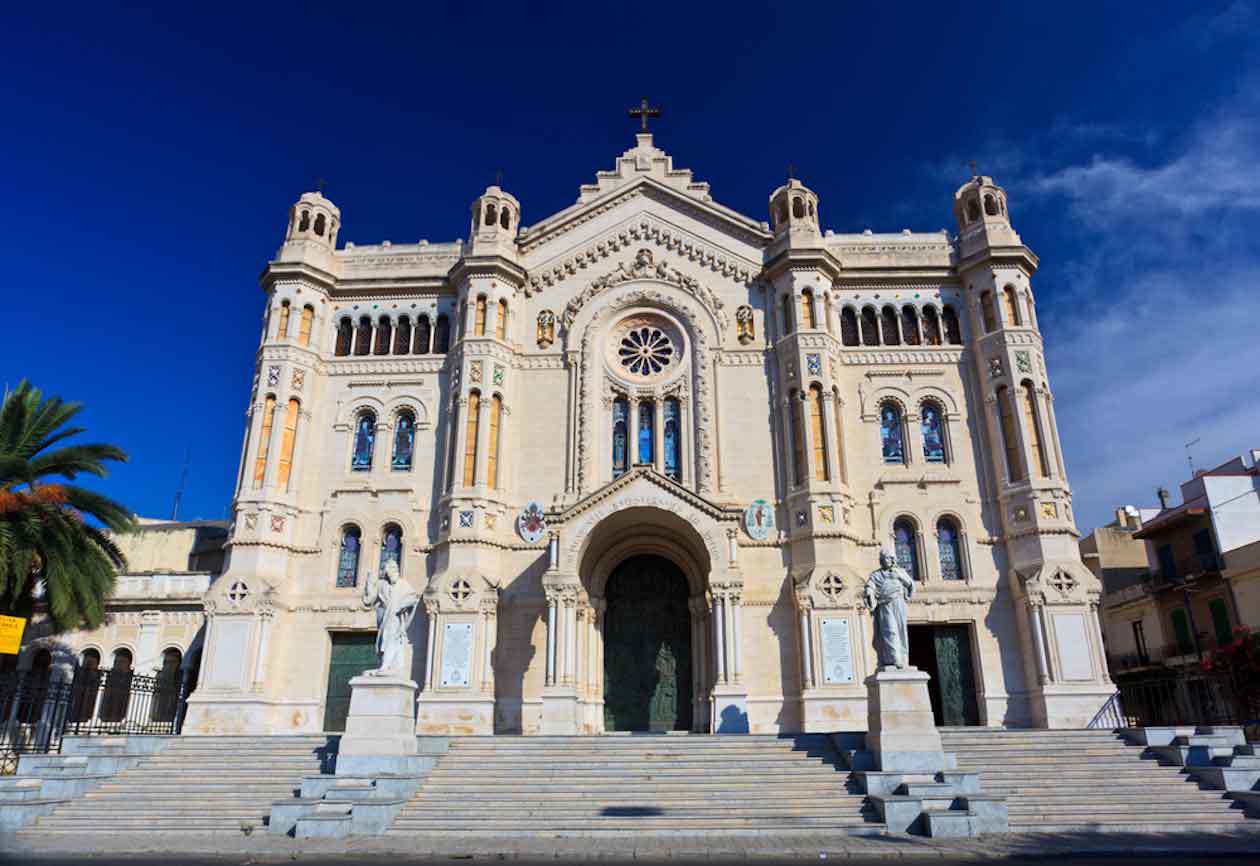





Text by Eugenio Sorrentino
www.prolocoreggiocalabria.it
www.comune.reggio-calabria.it
www.turiscalabria.it
Partnership with Booking.com
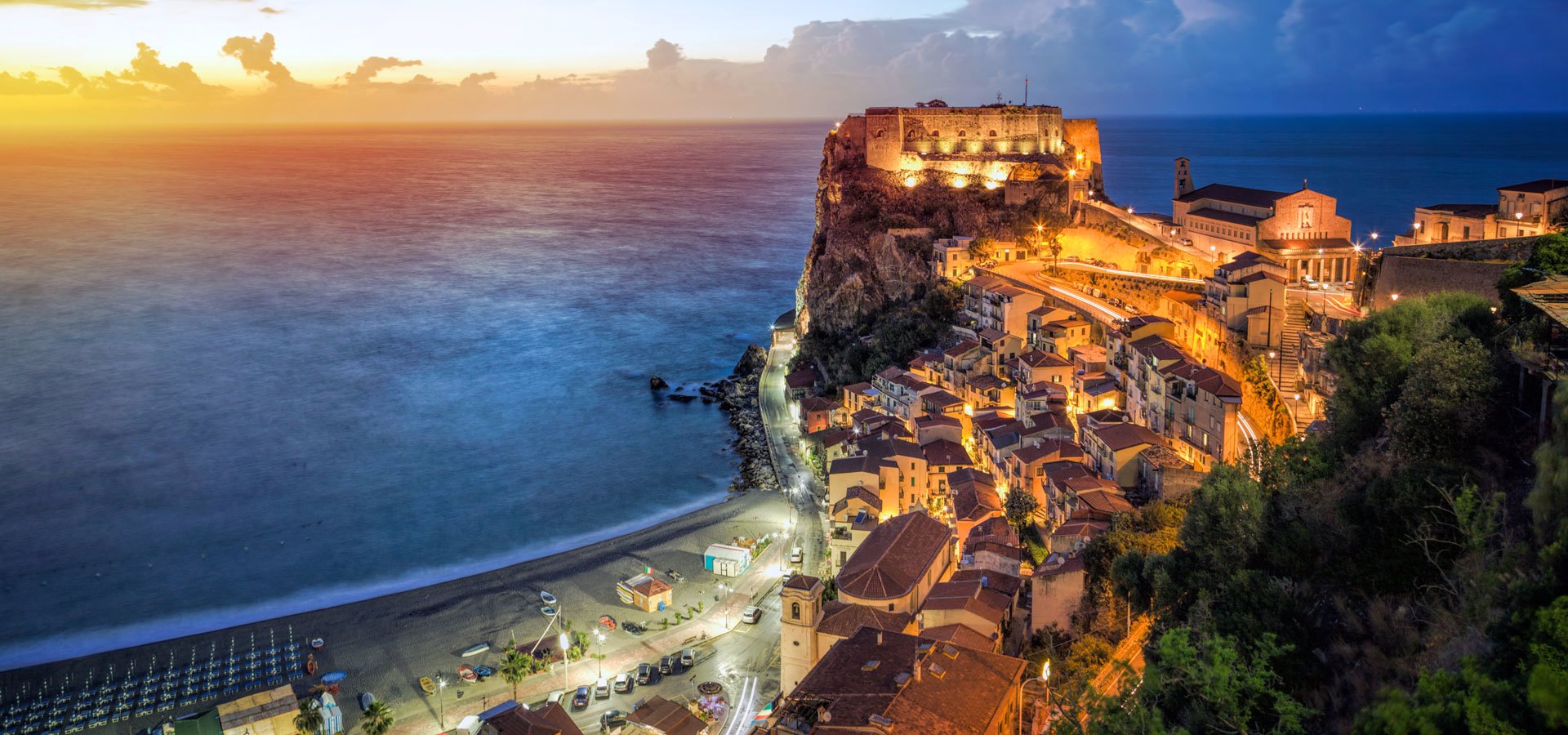
Reggio Calabria is a welcoming city and offers different possibilities for accommodation.

The history of Reggio’s theatre has its roots in the 1920s. The structure boasts a fascinating tradition and was designed and built in the twenties of last century. The classical and reserved style of the construction with its elegant foyer, grand red curtains covering the stage even if of small dimensions. The first inauguration of the theatre was in 1931. From 2008 some rooms in the theatre building have also been housing the new Civic Art Gallery.
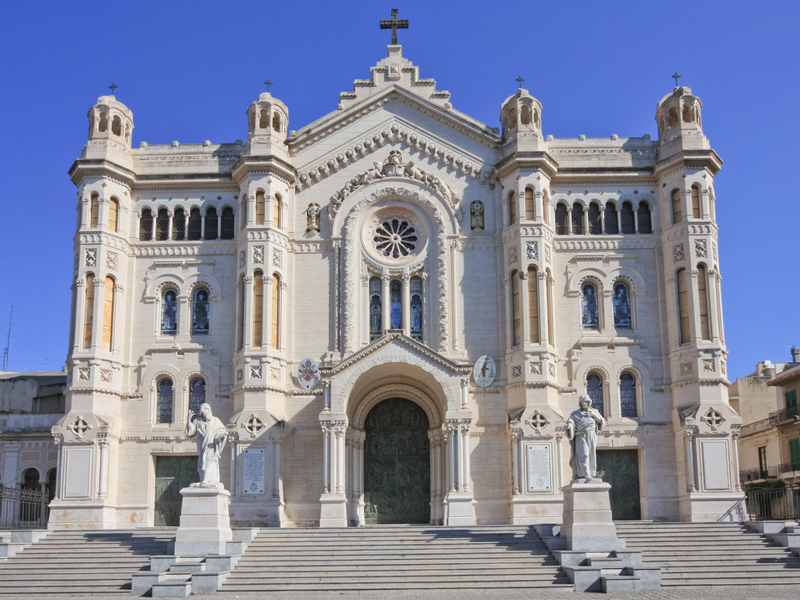
Piazza Duomo
The cathedral carries the name of Maria SS. Assunta in Cielo and can be found in the centre of the city, exactly in front of Piazza Duomo which is part of the Pastorale area of Reggio Calabria. The origins of the cathedral date back to St. Paul who came to Reggio during a journey he passed in chains on his way to face Cesare in Rome in 56 A.D.

The origins of the Sanctuary of Eremo go back to 1532 when a community of twelve monks from the order of the cappuccini di San Francesco da Paola built cloisters to spread the Franciscan teachings. Destroyed by the earthquake in 1908 and sanctuary was rebuilt in 1912 in romantic style with three naves using a linear structure and bricks. Demolished again in 1954 the modern temple was opened in 1965 and the parish was given to the monks.

The “Bronzi di Riace”, original Greek sculptures of great importance, were recovered by chance on the 16th of August 1972 in the waters of Riace Marina. After being exhibited in the archeology museum of Florence and following that in the museum “Capitolini” in Rome, the statues are since 1981 in permanent exhibition in the National Museum of the Magna Grecia in Reggio Calabria. The technique used for the creation of the “Bronzi” was to weld the separete parts together: the head, torace and arms.
The monument of the Angelo Tutelare found in the square in front of the church of San Giorgio al Corso is considered important not only for its artistic value but overall for the complexity of its content. The statue is in white marble, sculpted in 1637, and shows San Michele Archangel and is to be considered one of the few examples of 17th century art in the city.

Via Giuseppe De Nava, 26
Opened to the public in 1954, the Piacentini Building protects the countless testimonies of the great civilizations that the underground continues to return in a rich way. Each room is an open window to the past, each object a small jewel recovered from the memories. Also the Museum’s library with over 10.000 volumes, the photographic laboratory and the restoration laboratory are a valuable storage of works from the past.

The Pinacoteca Civica, created in the 1980s allows visitors to admire the works donated to the city by private collectors, noble families from Reggio and famous personalities, which have for many years been conserved in the National Museum. It will therefore be possible to embark on an imaginary artistic journey through southern Italy. Located in the building which also houses the theater “Francesco Cilea”, the art gallery enriches the tourist route through the historical centre of the city of Reggio Calabria.

Part of the territory of Aspromonte National Park falls within the municipal boundaries. It's the ideal place to observe the animals, take a walk not too far from the city, closer look at the typical species of Calabria and, in the right time, large and small migratory birds, including marine ones, such as balenidi large and toothed whales of the Mediterranean, transiting the Strait of Messina.

Via Salita Zerbi
The Planetarium, owned by the Province of Reggio Calabria, allows you to play almost all astronomical phenomena, observable both day and night and at all latitudes, but especially to see it accelerated over time. With the construction of the Planetarium, for size and beauty of the Geode outside (one of the most beautiful in Europe second only to Paris) the Province of Reggio Calabria and the Calabria can enjoy the spectacular half for the teaching and propagation of the scientific disciplines.






